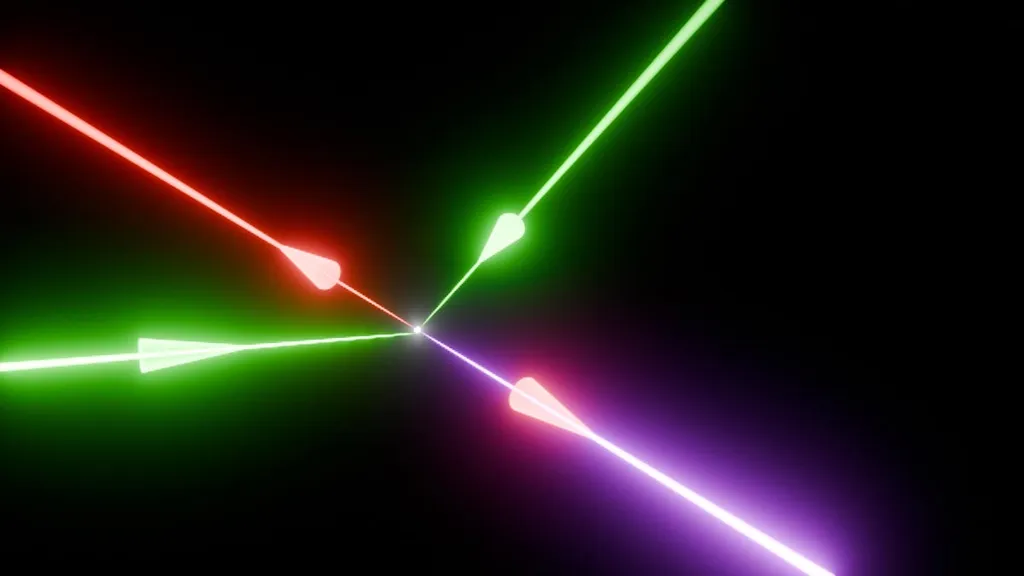In a breakthrough that could reshape the landscape of quantum technologies, researchers at the University of Oxford have successfully demonstrated the deterministic writing of single nitrogen-vacancy (NV) centers in high-purity diamond using only laser processing. This advancement, led by Andrew R. Kirkpatrick from the Department of Materials and the Department of Engineering Sciences, opens new avenues for defect-engineered devices, particularly in the energy sector, where quantum technologies are increasingly seen as a game-changer.
The study, published in the journal ‘Materials for Quantum Technology’ (translated to English as ‘Materials for Quantum Technology’), highlights the precise positioning of NV centers with an accuracy of around 250 nanometers. Approximately 20% of these laser-written defects exhibit near transform-limited optical transitions at a temperature of 5 Kelvin, a critical factor for their use in quantum applications.
“Achieving deterministic control over the placement of NV centers is a significant milestone,” said Kirkpatrick. “This method not only simplifies the fabrication process but also enhances the coherence properties of the defects, making them more suitable for quantum technologies.”
The implications for the energy sector are profound. Quantum technologies, particularly those leveraging NV centers in diamond, have the potential to revolutionize energy storage, distribution, and efficiency. For instance, quantum sensors based on NV centers can provide unprecedented precision in measuring magnetic fields, which is crucial for improving the performance of energy grids and detecting subsurface resources.
Moreover, the ability to engineer defects with such precision could lead to the development of more robust and scalable quantum devices. “This research sheds light on the physical mechanism for laser-induced vacancy diffusion in diamond, which is a key step towards realizing practical quantum technologies,” added Kirkpatrick.
The study’s findings represent a significant step forward in the field of quantum technologies, offering a more efficient and precise method for creating NV centers in diamond. As the energy sector continues to explore the potential of quantum technologies, this research could pave the way for innovative solutions that enhance energy efficiency and sustainability.
In the broader context, the deterministic laser-writing of NV centers could also impact other industries, such as quantum computing and secure communication. The ability to engineer defects with high precision and coherence is a critical requirement for these applications, and the method developed by Kirkpatrick and his team could accelerate progress in these areas.
As the field of quantum technologies continues to evolve, the research conducted by Kirkpatrick and his colleagues at the University of Oxford serves as a testament to the power of innovation and the potential of quantum technologies to transform various industries, including the energy sector.

